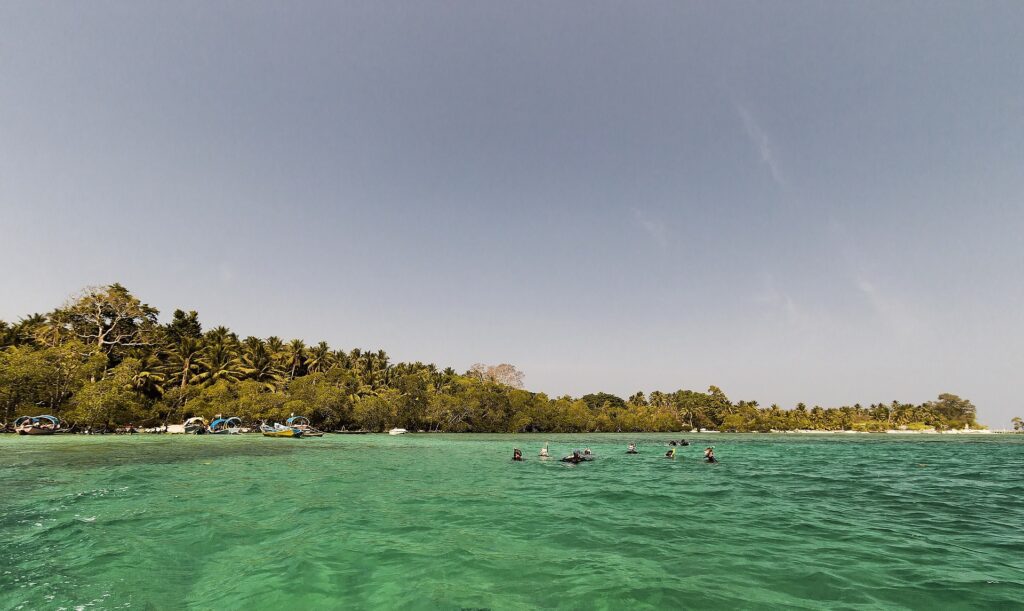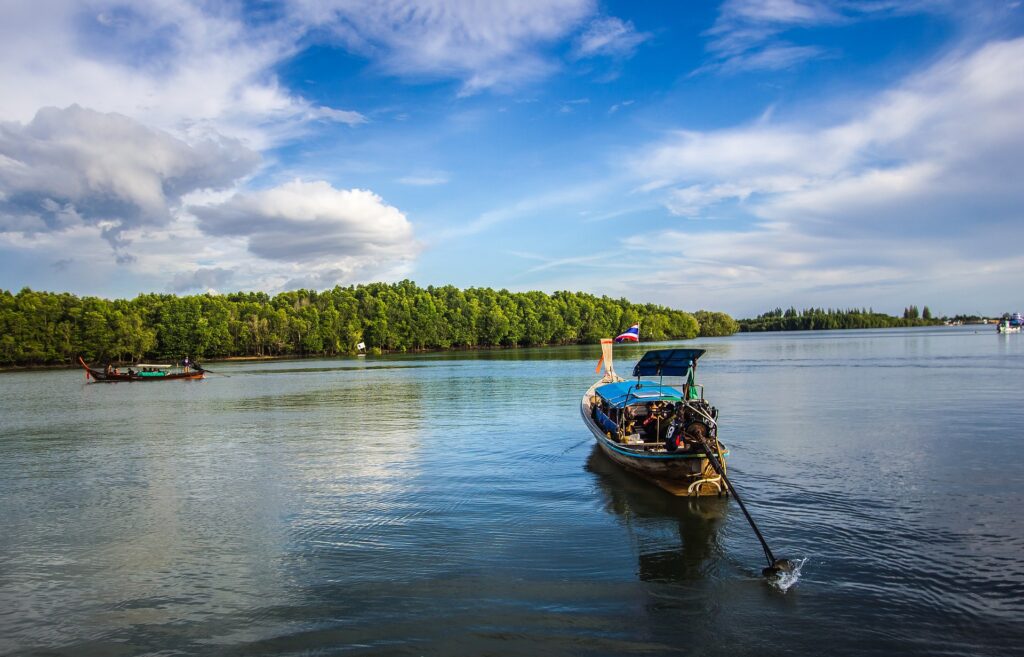The Andaman Islands, located in the Bay of Bengal, have long attracted visitors looking for beautiful beaches, crystal-clear waters, and lush tropical scenery. Aside from their natural beauty, the Andaman Islands have a rich historical past that is buried in mystery and intrigue. These secluded islands were once home to many ancient civilizations, leaving behind a treasure trove of historical landmarks that provide an insight into the island’s mysterious history. In this blog post, we shall set out to discover the ancient wonders of the Andaman Islands.


The Mysterious Limestone Caves of Baratang:
The Limestone Caves of Baratang, located on Middle Andaman Island, provide a unique experience for history buffs and adventure seekers alike. The beautiful stalactite and stalagmite structures in these naturally formed caves provide an ethereal spectacle. Visitors are captivated not only by the geological wonder, but also by the realization that these caves were once inhabited by ancient tribes who left behind cave drawings, tools, and artifacts.
The caves, archaeologists believe, acted as homes for indigenous cultures, providing vital insights into their lifestyles, beliefs, and practices. You can’t help but sense a strong connection to the island’s distant history as you travel through these dark, age-old passages.
Ross Island: The Ghosts of Colonial Era:
Ross Island, dubbed the “Paris of the East,” has a sad history of colonial tyranny. The island, located near Port Blair, functioned as the British administrative headquarters during their dominion over India. The island was affluent, with magnificent structures, groomed gardens, and opulent houses.
Ross Island, with its abandoned structures overrun by nature, now remains as a ghostly reminder of the colonial past. Visitors can explore the relics of the British settlement, which include a chapel, a cemetery, and a penal settlement, which add to the island’s ominous aura. Walking around the remains, it’s impossible not to ponder about the lives of folks who previously called this site home.
Anthropological Museum: Unraveling the Indigenous Heritage:
A visit to the Anthropological Museum in Port Blair is essential for understanding the cultural heritage of the Andaman Islands. This museum has an extraordinary collection of artifacts, tools, pictures, and papers that offer light on the history, culture, and traditions of the Andaman and Nicobar Islands’ indigenous communities.
The museum is an excellent resource for learning about the Jarawa, Sentinelese, Onge, and other tribes who have lived on the islands for thousands of years. Understanding their habits, rituals, and creativity allows for a deeper appreciation of the unique cultural tapestry that has thrived on these islands.
Cellular Jail: A Testament to Struggle and Sacrifice:
The Cellular Jail, also known as Kala Pani, is one of the most moving historical places in Andaman. It represents India’s battle for freedom from British colonial authority. This dreadful prison, built in the late 1800s, was intended to isolate political prisoners, freedom fighters, and campaigners who challenged British control.
The construction of the jail was arduous, and prisoners underwent unspeakable pain, earning the nickname “Kala Pani” or “Black Waters.” Visitors can stroll through the dismal cells and corridors of the Cellular Jail, generating a sense of connection with the heroic people who faced terrible hardships for the cause of freedom.
Mahatma Gandhi Marine National Park: Ancient Marine Life:
While the history of the Andaman Islands is frequently focused on ancient civilizations and colonial struggles, the underwater environment of the Mahatma Gandhi Marine National Park is equally enthralling. This marine park, which spans multiple islands, is home to a diverse array of marine life, including centuries-old corals.
Snorkeling or diving in these waters offers a once-in-a-lifetime chance to see the mesmerizing beauty of colorful corals, different fish species, and other marine organisms, some of which have stayed untouched for millennia. The biological value of the marine park serves as a reminder of the delicate balance between humans and nature, which the ancient inhabitants of the Andaman Islands recognized and appreciated.
Conclusion:
The Andaman Islands are more than just a beach destination; they have a rich history spanning back thousands of years. The Andaman Islands offer ancient wonders waiting to be discovered, from enigmatic limestone caves to vestiges of colonial architecture and the struggle for independence. As we visit these historical landmarks, we gain a better understanding of the island’s unique legacy and incredible resilience. So, the next time you plan a trip to the Andaman Islands, immerse yourself in their rich historical tapestry and let the echoes of the past guide you.




